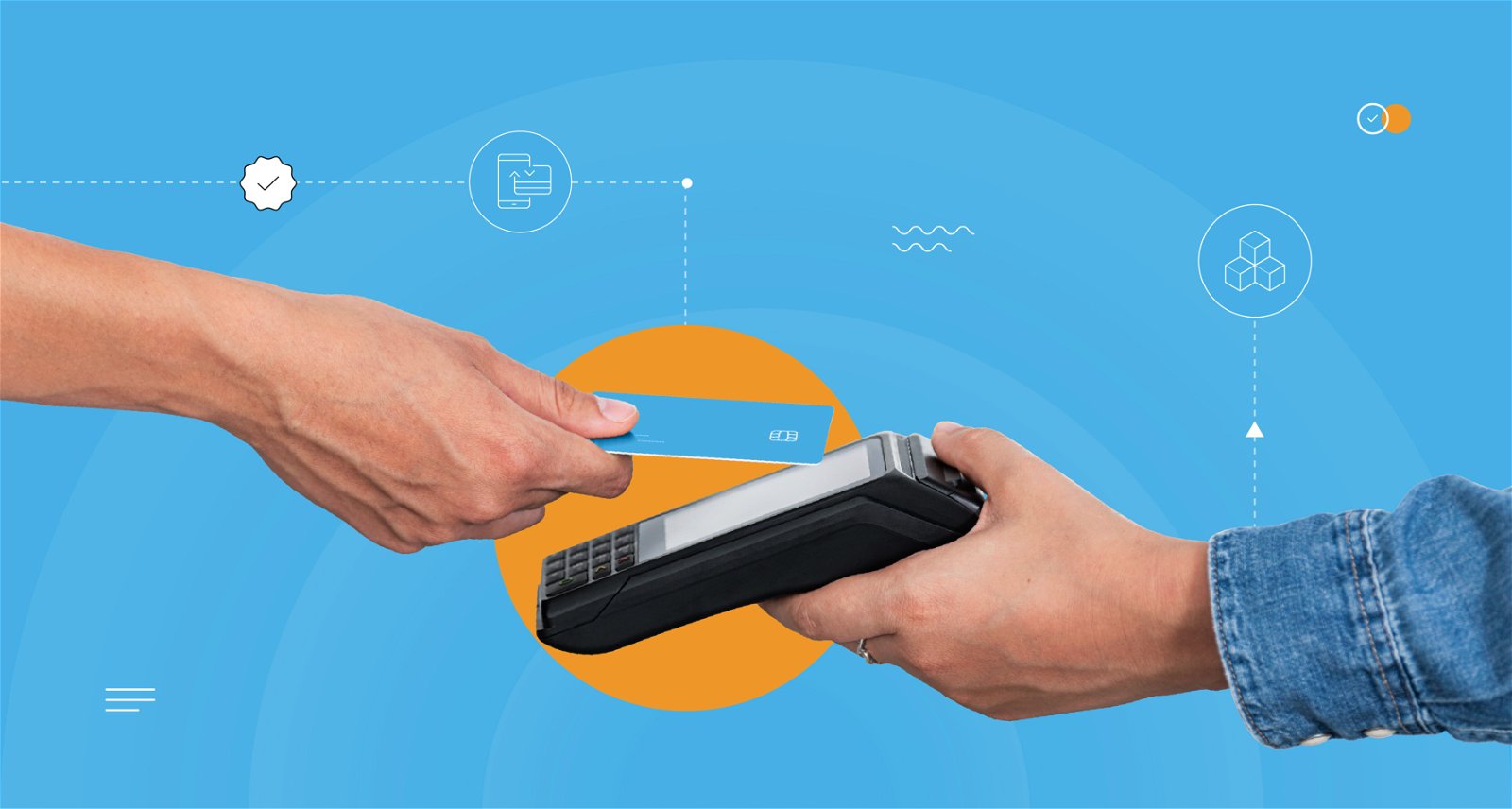For many years the primary consumption of credit, whether that be consumer or company, has been through “products” – a loan, a mortgage, a lease, an overdraft, a card. The most common distribution point was through a financial institution or, if not, that institution was still probably providing the underlying services to support the transaction – such as paying for a merchant purchase on credit, or co-branded cards.
With the advent of new technologies, many banks simply saw the new channels as another channel, or “shop window” to sell the same “products”. Conversely, many of the exciting challengers have approached the problem in an entirely different way and used technology to address many of the fundamental limitations in the way credit is accessed, consumed and cleared.
They have not treated credit as a “product”, but rather a feature or ingredient that can be tailored and configured to best serve the needs of the user. As a result, we are witnessing a huge range of propositions that leverage credit capabilities in new and unique ways and the involvement of a myriad of new players acting as the catalysts for change.
The “featurization” of credit means that it can now be far more closely mapped to offer propositions and services that meet the actual needs of the end-user. Most traditional credit products have been de-coupled from the actual purchase and require significant effort at the time of application, often needing to be undertaken well in advance of the purchase itself.
As standalone “products” they have also tended to lack a customer-centric approach that accurately reflect the financial lifecycle where individuals and businesses’ need and ability to pay off credit will inevitably evolve over time.
The application process can be onerous and often reliant on data that doesn‘t really reflect the way people live and work today. Emerging players are doing it differently – taking an incremental approach to providing credit services through offering fee-free initial overdrafts, credit builder services and then credit cards at the appropriate phase of the journey.
By leveraging a wider range of services, the customer can gradually build their score and ability to access greater lines of credit. Providing low risk means of building a strong credit score has proven popular and welcome for many new customers.
Smart players are leveraging customer data to then build better understanding of clients’ cashflow and helping them budget and plan accordingly. Ease of application and onboarding has therefore become a key differentiator for many of the successful new players we see.
By better understanding their customers, we are now seeing propositions that can be tailored to the customer not the “product”, enabling a real-time ability to adjust and respond even down to a purchase and transaction level. If a customer has an immediate need to purchase a high-ticket item and needs some short-term funding until some cashflow pressures are resolved, this can now be easily configured in modern financial services.
The separation of how you “pay” and how you “settle” means you no longer need to pre-plan access to credit before a high value purchase or have your settlement driven by the type of card you present, whether it be debit, credit or charge – now you can choose settlement and credit terms at a transaction level before, during or after the purchase. Unbundling credit from the product means customers can now use it when, where and however they need it most.
As well as the greater choice and flexibility, customers also appreciate transparency through the journey – helping customers understand and have greater certainty of their obligations provides reassurance and comfort in their ability to pay and a feeling of greater control of their own financial destiny. Using services to help better communicate and maintain an ongoing dialogue with the customer throughout the lifecycle will help drive customer satisfaction and build loyalty.
Broadening the range and versatility of use cases is already expanding the market with increasing numbers of merchants, large and small, offering “Buy Now, Pay Later” or “Try before you Buy” offerings to attract and retain new customers. The greater linkage between the transaction and the funding can also enable better decisioning to manage ongoing risk management.
In some markets, merchants who previously offered co-branded credit cards will now seek to embed payment capabilities into their own app as part of increasing the overall customer value proposition in order to deepen and strengthen relationships between the customer and the merchant brand. It may sometimes not even be apparent to the customer that the merchant is extending them credit – when I use my contactless card to ride the subway, I‘m actually benefitting from a “ride now, pay later” model as my card is charged at the end of a day’s travel.
This huge increase in the versatility and configurability of credit can now be seen in all digital payment and commerce applications, irrespective of customer group. For commercial clients, access to credit has often been a frustrating process and many digitally savvy players are now seeking to help companies have easier access to funds and manage their cashflow better – often by combining the company’s invoicing and sales data to have a more holistic view of the receivable and payable profile of the client.
PayPal, Amazon and Square are just some of the high-profile providers now supporting credit services to companies. The emerging ecosystem linking businesses’ accounting, acceptance and payments infrastructure is already providing hugely exciting new propositions that leverage available data to simplify and improve access to “credit as a service.”
For many businesses, balancing the need to enable employees to make purchases on behalf of the company against the fear of providing access to company funds had previously been a key barrier to adoption of commercial card programs.
Today these programs can be configured to separate the company’s line of credit from the individual payment instrument. By using configurable transaction level controls on a real-time basis, the “card” (physical or virtual) is carrying an ongoing zero balance to minimize risk and simply being funded on a transaction-by-transaction basis against client-determined criteria. Funding is provided immediately at a transactional, not employee account, level in real time.
At i2c, we have been fortunate to work with many partner clients at the forefront of re-imagining Credit solutions around the world, whether that be the US, Mexico or Australia. Clients such as Archa, Brex, Credijusto, Credit Sesame, and the Community Bank of the Chesapeake are already using our configurable platform as ingredients to help them reconfigure and reimagine credit payment solutions for consumers and commercial clients.


